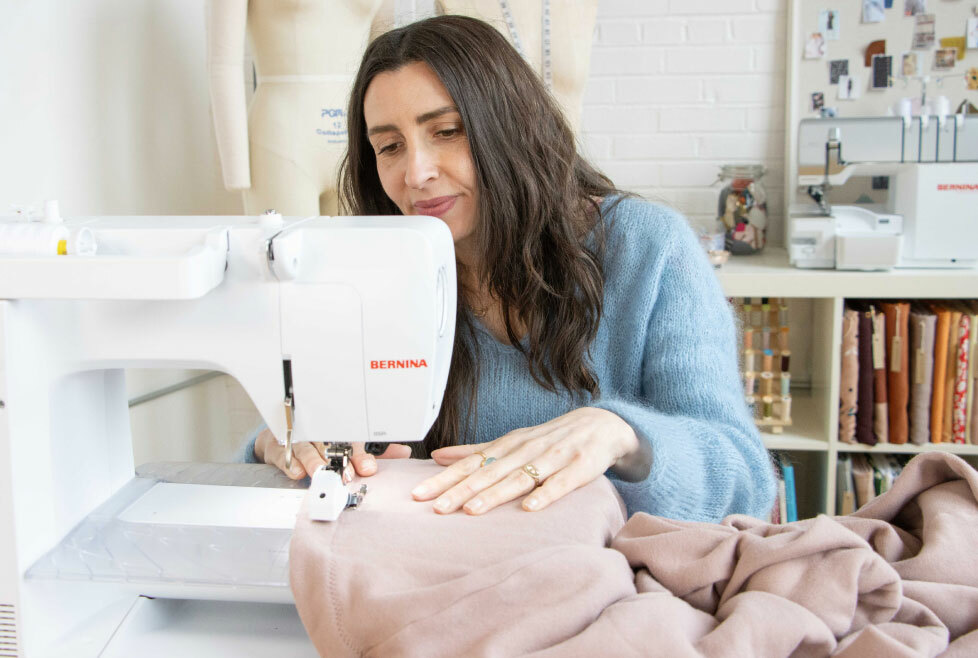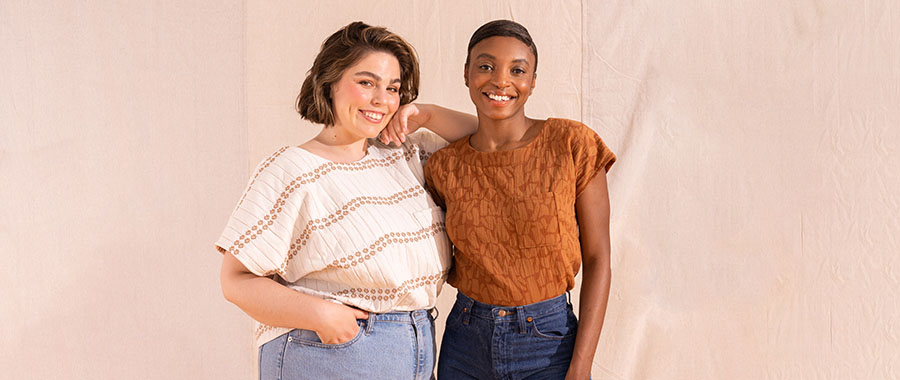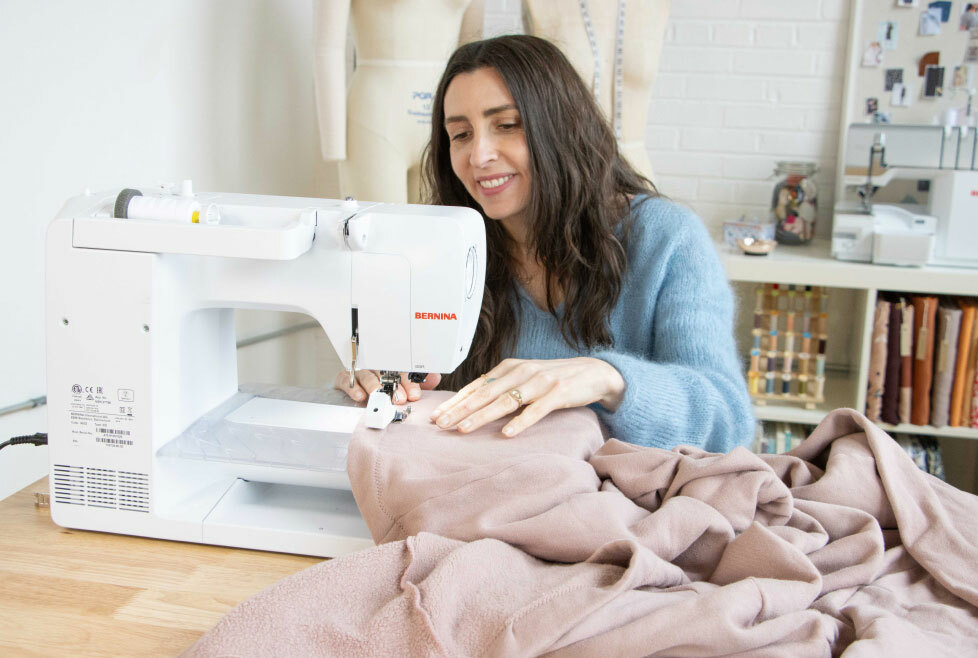
When I first started sewing with knits, I made every mistake in the book. Wavy seams, stretched-out neckbands, skipped stitches - you name it, I've been there. But after years of experimenting and teaching others, I've discovered that getting beautiful results with knit fabrics isn't as complicated as it might seem. Today, I'm sharing my essential tips that will transform the way you sew with knits.
Understanding Your Fabric
Before you cut into that beautiful piece of jersey, there are a few key things to know about knit fabrics. Just like when working with silk or wool, understanding your material makes all the difference.
First, check whether your pattern calls for 2-way or 4-way stretch. Some knits only stretch horizontally, while others stretch both horizontally and vertically. For fitted garments like leggings, that vertical stretch is crucial - unless you plan to stand perfectly still all day! Here's a pro tip: fabrics containing lycra or spandex typically have that desirable 4-way stretch.
Recovery is another vital factor to consider. This refers to how well the fabric bounces back after being stretched. Without good recovery, your garment can end up looking misshapen and stretched out. Again, lycra or spandex content is your friend here.
The Secret Weapon: Ponte di Roma
Here's something many beginners don't know: ponte di roma is like the "training wheels" of knit fabrics. This stable double knit can actually be sewn just like a woven fabric, making it perfect for jackets, pants, and skirts. It's my go-to recommendation for sewists who are nervous about working with knits.
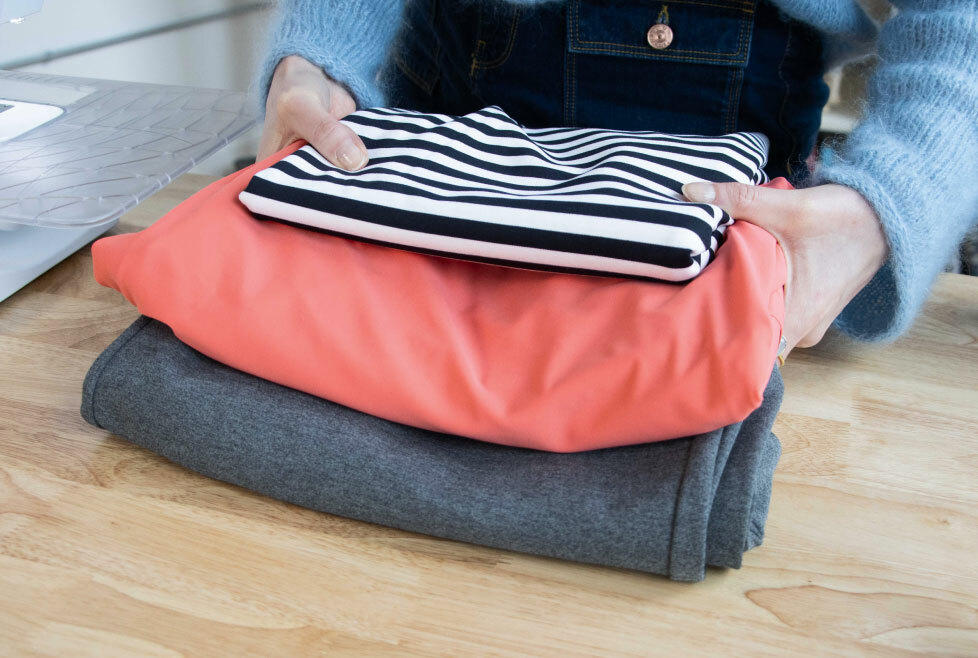
Essential Tools for Success
When it comes to sewing knits, having the right tools can make all the difference. Here are my must-haves:
- Walking foot: This attachment feeds both fabric layers evenly, preventing those frustrating waves and ripples
- Ballpoint or jersey needles: The rounded tips prevent holes and runs
- Twin needle: Perfect for creating professional-looking, stretchy hems
- Wonder tape: My secret weapon for stable, perfectly flat hems
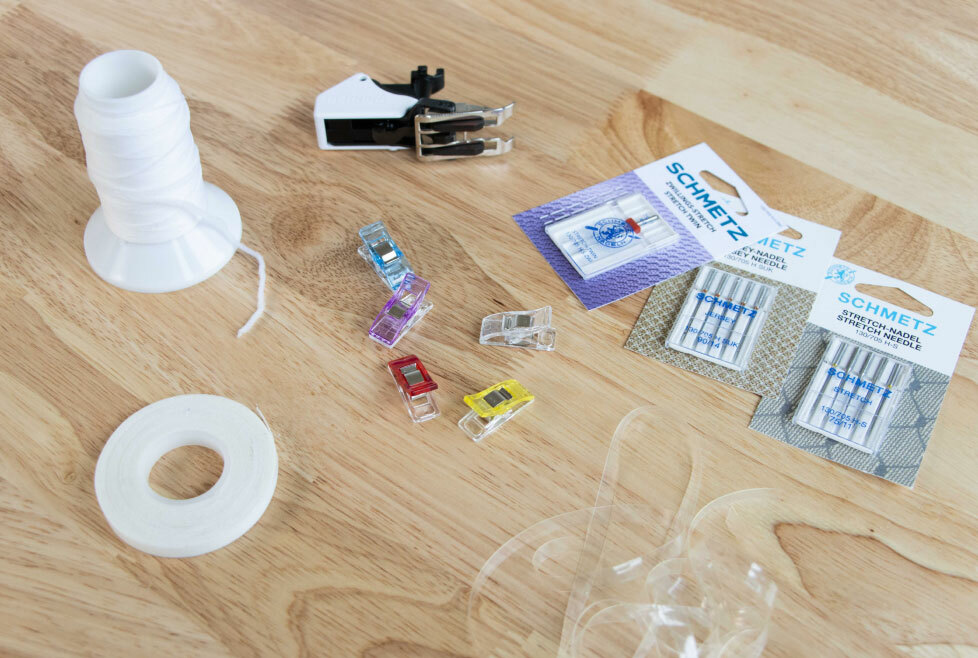
Stabilization Secrets
One common issue with knits is seam distortion. To prevent this, I always stabilize certain areas - especially shoulder seams. You can use:
- Clear elastic
- Knit stay tape
- Strips of knit interfacing
- Mesh (particularly good for sweater knits)
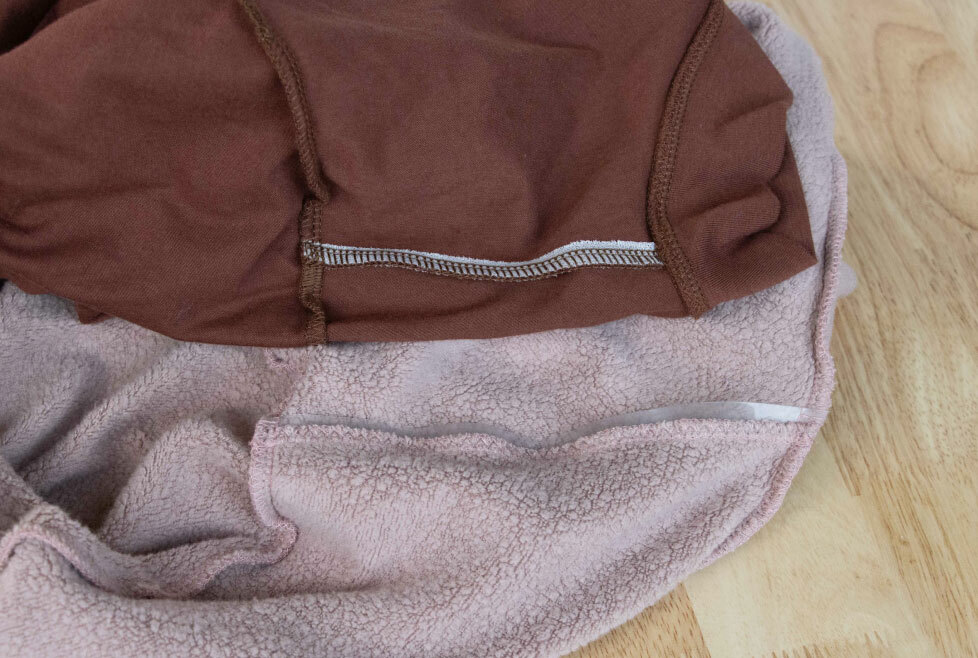
The Right Stitch
Don't let anyone tell you that you need a serger to sew knits! While sergers are great, you can get beautiful results with a regular sewing machine using either a zigzag or lightning stitch. The key is testing your stitches on scraps first and adjusting the length and width until you get the right amount of stretch.
Pro Tips for Perfect Results:
- Always prewash your knits
- Cut notches outward instead of inward
- Lower your presser foot pressure
- Use wooly nylon thread for soft, stretchy seams
- Baste neckbands before final stitching
Want to dive deeper into specific techniques? Check out our upcoming skill workshop on hemming knits - it's free for Seamwork members!
Have you tried any of these techniques with your knit projects? What's your biggest challenge when sewing with stretchy fabrics? Share your experiences in the comments below!
